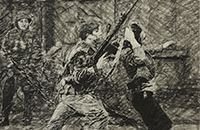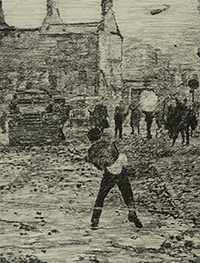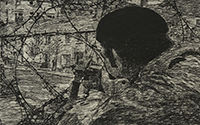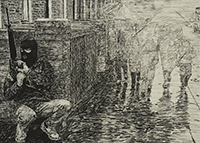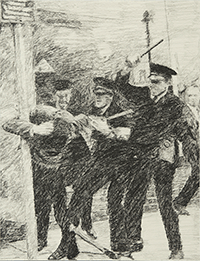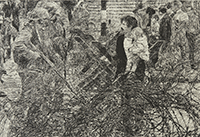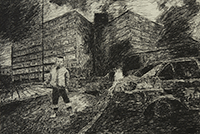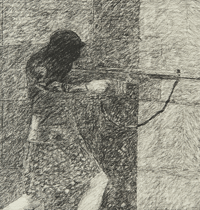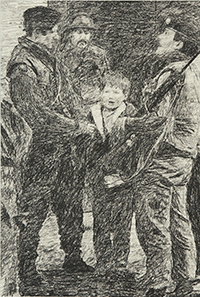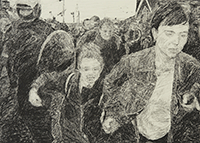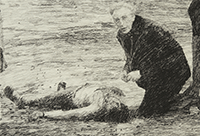Bloody Sunday
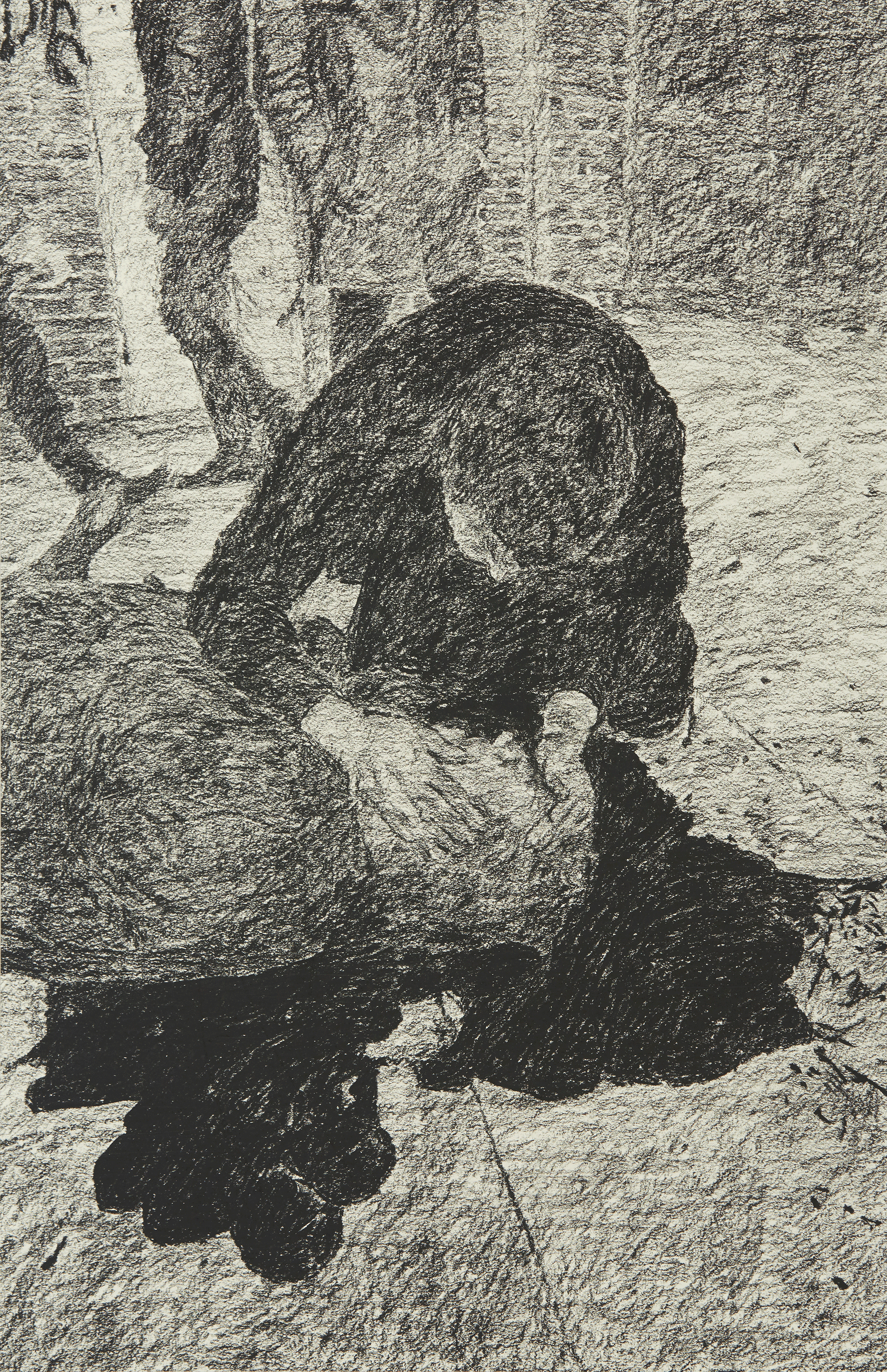
Bloody Sunday
On the 30th of January 1972, the Northern Ireland Civil Rights Association (NICRA) organised a march in protest of internment in Derry. The city was often recognised as the prime example of the inequalities the Nationalist community faced in Northern Ireland. Despite Nationalists comprising a strong majority of the population, gerrymandering ensured that the Unionist minority held the majority of elected positions, effectively negating any sense of democracy. RUC abuses in the Bogside were well known, leading to the Battle of the Bogside. The Prime Minister of Northern Ireland, Brian Faulkner, banned all marches in Northern Ireland on the 18th of January, effective until the end of 1972. Civil rights groups were not deterred by Faulkner’s decision. If the people waited for their demonstrations for civil rights to be approved by a sectarian government, there would be no change.
Between the 9th and 11th of August 1971, the 1st Battalion Parachute Regiment of the British Army killed 11 civilians in Ballymurphy, a Nationalist area of Belfast. A Catholic priest name Hugh Mullan and a 19-year-old, Francis Quinn were both killed by snipers while going to aid the wounded. Many of those killed in Ballymurphy were shot in the back, including Daniel Teggart, who was shot 14 times. The massacre occurred during Operation Demetrius where the British arrested and imprisoned 342 people from the Nationalist community without trial. On January 22nd 1972, soldiers from the same regiment fired rubber bullets and made baton charges at anti-internment protestors at Magilligan Strand near Derry. Some of the soldiers had to be restrained by their commanding officers as they severely beat several protestors. The same regiment was deployed to stop the NICRA march on the 30th of January from entering Derry’s city centre.
In the Bogside area on the 30th, the paratrooper regiment shot 28 unarmed civilians as the peaceful civil rights march, numbering from 10 to 15,000, set out from the Creggan housing estate to the Guildhall in city centre. Fourteen people were killed, one of whom died later from his injuries. Many were shot while fleeing from the paratroopers. Others were shot while trying to assist the wounded. More were injured by batons and rubber bullets. Two individuals were run down by military vehicles. CS gas and water cannons were used to disperse rioting youths. Though the soldiers stated that they only fired at those with guns or bombs, the Saville Inquiry of 2010 concluded that none of those shot were armed or posing a threat. The inquiry also concluded that none of the shots fired were in response to threats of attack or attacks on the soldiers. Many Irish and British journalists were present for the incident and reported that the soldiers fired without provocation and aimed for the fleeing and those tending to the wounded.
Two days after the incident, Lord Chief Justice, Lord Widgery, lead a tribunal into the shootings. Widgery’s report, which was produced quickly, supported the soldiers’ accounts of the events. Before the end of 1972, Queen Elizabeth II awarded the Order of the British Empire to Lt Col Wilford, who was directly in command of the paratroopers at Bloody Sunday. In 1998, Tony Blair started a commission of inquiry under Lord Saville. The Saville Report was published in June of 2010. The inquiry involved the interview of more than 900 witnesses over seven years, making it the largest investigation in British legal history. The report concluded that the soldiers fired without provocation at unarmed civilians and lied in their reports as a cover-up. Despite the conclusions of the Saville Report, there was no consideration for prosecuting the soldiers responsible until 2017.


